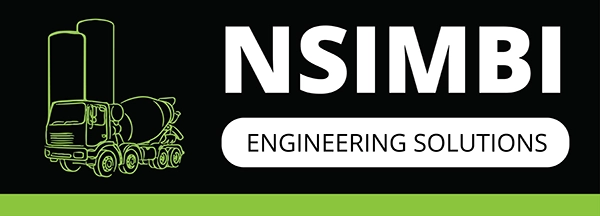In the construction industry, the smooth operation of cement batching plants depends on a variety of efficient and reliable systems. A key component that facilitates effective bulk material handling is the Storz coupling. Commonly used in cement batching plant silos, Storz couplings are crucial for connecting and disconnecting hoses and pipes involved in transferring cement and other materials. This article explores the functionality, types, and maintenance of Storz couplings, highlighting their importance in ensuring optimal plant performance.
Functionality of Storz Couplings
The Storz coupling is a type of quick-connect coupling designed for the rapid and secure connection and disconnection of hoses or pipes. Developed by the German manufacturer Storz, this coupling is renowned for its efficiency and ease of use in various industrial settings, including cement batching plants.
Primary Functions of Storz Couplings:
1. Secure Connections: The main function of the Storz coupling is to provide a leak-proof connection between two sections of piping or hose. This is vital in cement batching plants, where bulk materials such as cement and aggregates are transferred from storage silos to mixing units or other processing equipment.
2. Easy Operation: The coupling operates through a simple mechanism involving interlocking lugs and a locking ring. To connect, the two halves are aligned and rotated to engage the lugs. The locking ring then secures the connection, ensuring a tight seal. To disconnect, the locking ring is released, and the halves are rotated back to their original positions.
Types of Storz Couplings
Storz couplings come in various types and sizes to suit different applications and material handling needs:
1. Standard Storz Couplings: These versatile couplings are designed for general use across various applications. Available in different sizes and materials, they cater to a wide range of operational conditions.
2. Aluminium Storz Couplings: Lightweight and corrosion-resistant, aluminum couplings are ideal for environments where weight and durability are key considerations.
3. Stainless Steel Storz Couplings: Offering superior resistance to corrosion and high temperatures, stainless steel couplings are suited for harsh conditions where durability and longevity are essential.
4. Plastic Storz Couplings: Designed for applications requiring chemical resistance or lighter weight, plastic couplings are used in less demanding environments.
5. Hose Storz Couplings: Tailored for connecting hoses, these couplings are used where flexibility and ease of handling are necessary.
Maintenance of Storz Couplings
Proper maintenance is crucial for ensuring the longevity and reliable performance of Storz couplings. Key maintenance practices include:
1.Regular Inspection: Periodically inspect couplings for signs of wear, damage, or corrosion. Look for cracks, deformations, or leaks that might indicate issues. Early detection allows for timely repairs or replacements.
2. Cleaning: Keep couplings clean by removing debris or residue. This helps maintain connection integrity and prevents blockages. Use suitable cleaning agents and tools to avoid damaging the coupling.
3. Lubrication: Apply lubrication to moving parts like the locking ring and lugs to ensure smooth operation. Proper lubrication reduces friction and wear, extending the coupling’s lifespan.
4. Checking Seals: Inspect seals and gaskets for wear or damage. Replacing worn seals promptly maintains a leak-proof connection and prevents material loss.
5. Proper Handling: Handle couplings carefully to avoid damaging interlocking mechanisms. Avoid dropping or applying excessive force, which can cause misalignment or deformation.
6. Adherence to Safety Protocols: Follow safety protocols when operating and maintaining Storz couplings. Ensure that operators are trained in proper handling and maintenance procedures to prevent accidents and ensure safe operation.
Conclusion
The Storz coupling is a vital component in cement batching plants, essential for the efficient transfer of bulk materials between silos and processing equipment. Understanding the different types of Storz couplings and their specific applications helps in selecting and maintaining them based on operational requirements. Regular maintenance and adherence to safety protocols are crucial for ensuring effective function, minimizing downtime, and maximizing productivity.
In the demanding environment of a cement batching plant, where precision and efficiency are paramount, well-maintained Storz couplings are indispensable. They ensure smooth and reliable material handling, ultimately contributing to the success of construction projects.

